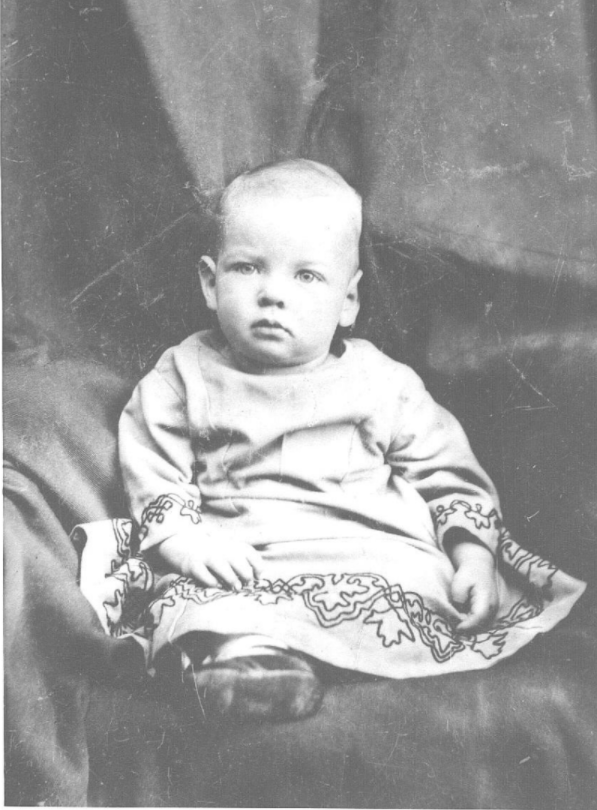Instagram accounts centered on George Fox University (GFU) are nothing new, as a Crescent article from over two years ago can attest. But the landscape has shifted since then, with new pages rolling in as replacements for those that have been lost.
One successful account is @gfu_memes, which has amassed over 1,100 followers. The account became a year old on Nov. 12. Its creator, who wishes to remain anonymous, made it clear that running the page is no light task.
“I’ve been grinding on it every day,” the account creator said. “It’s been taking lots of time from me.” The account averages more than a post a day, which the creator said is “about 75 percent me, 25 percent submissions. It’s nice to get students to do their part and share what they believe is funny.”
This page was created to fill the void left by less frequent posts from an older account, @georgefoxmemes. The old account still posts occasionally, but has put up nine memes this year compared to @gfu_memes’s 490.
“I’ve thought about slowing it down,” the creator of @gfu_memes said, “so not posting every day. … [But] I still want to be active.”
Part of the reason for this is limited material and complaints about repetitiveness. “I try to use different types of humor, but not stretch it too far,” they said. “I’m also trying to see if I can find other areas and limit the memes about the Bon.”
The creator’s personal favorite post came during the recent shooting lockdown at GFU, and was simply the meme format “I’m in danger” from The Simpsons with no explanatory text. “I posted it right at the same time as the thing was going on,” they said, “and people went nuts over it.”
There are a number of smaller, newer accounts—just a few examples are @gfubagels, which is exactly what it sounds like and has 204 followers; @tom.gfu, which chronicles the journeys of the campus cat Tom; and @dislike_a_bruin, which lets people vent about personal grudges on campus.
The last of these seems to have been created in response to another larger account, @loves_a_bruin, which has 630 followers. This account lets Bruins anonymously confess their crushes via a Google form and have them shared on the page.
“We want people to know just how hot they are!” said the anonymous owner of @loves_a_bruin. “And if someone can talk about their crush on insta, they can totally tell that person face-to-face.”
The frequency of posts is higher even than @gfu_memes, perhaps made easier by the submission format. Nonetheless, there are “almost 100 submissions that haven’t been posted,” according to the creator.
@loves_a_bruin also emerged from a fallen account—@gfucrushes—which served a similar purpose with a different, less anonymous format.
Given @gfu_memes' description of the effort involved, it's no surprise that many GFU Instagram pages have died out. This includes several department-specific meme pages, such as @gfutheatrememes, @gfuengineeringmemes, and others.
If the present examples are any indication, though, there’s always hope for revival under new management, as long as passion and hard work are involved.
“There’s nothing I’ve got out of it except doing it because I want to,” said @gfu_memes. “What keeps me going is the reception I get.”



